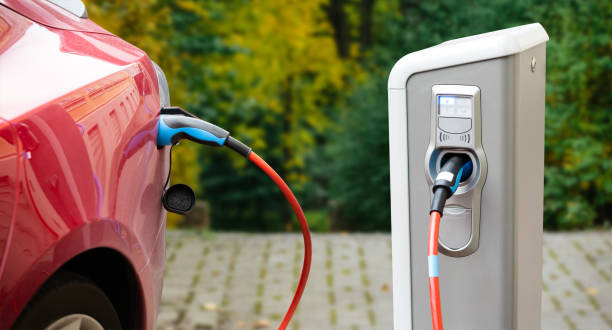IMPLEMENTING BUDGET-FRIENDLY AND EFFICIENT EV PUBLIC CHARGING STATIONS GLOBALLY
Author: Femi Mariam
References: WRI
Image credits: istock
Electric vehicles are an efficient and sustainable alternative for motor vehicles. Electric vehicles are quieter, have few emissions overall. A shift towards electric vehicles is increasing rapidly and so is the demand for public charging infrastructure. As this shift is happening, it is indeed essential for all communities to have access to dependable and easy charging, but providing access can be very costly and requires substantial cooperation among government agencies and utilities frequently across multiple jurisdictions.
One of the biggest challenges that the decision-makers face while smart charging infrastructure is ensuring economic feasibility and usability. Accumulation of data and the scarcity of available data and a compartmentalized planning approach makes the process of implementation even more difficult for them.
Redeveloping existing infrastructure for EV charging, such as street lights and utility poles, can be a minimal, budget-friendly and more efficient approach for creating a comprehensive and balanced charging network.
While siting public chargers there are several factors that should be considered. Grid impact from charging possibility for renewable energy integration, traffic flow, and parking availability are some important factors that should be taken into focus in the process of siting. WRI’s EV Grid Integration work focuses mainly on building tools and analysis for city decision-makers in the United States, India and China to help them optimize charger siting.
The focus of this is on the following:
- Pole-mounted, curbside charging
Streetlights and utility poles in urban centres are often under the jurisdiction of cities and utilities, especially near important commercial districts. Due to the availability of real estate and existing electric connections, this infrastructure is ideal for locating public charging stations. This might also make charging for all types of electric vehicles smoother and way easier.
- Geographical Analysis
Cities and utilities face a tough task when it comes to locating public charging infrastructure. To enhance accessibility and utilization of infrastructure while keeping costs low, a wide range of criteria must be considered.
- Policy Research on Vehicle-Grid Integration (VGI) and Smart-Charging
When we analyse globally, china comes first with the highest number of electric vehicles. This makes it critical to develop smart, dependable, and future-proof charging infrastructure that can both drive EV adoption and provide grid services.














Add Comment